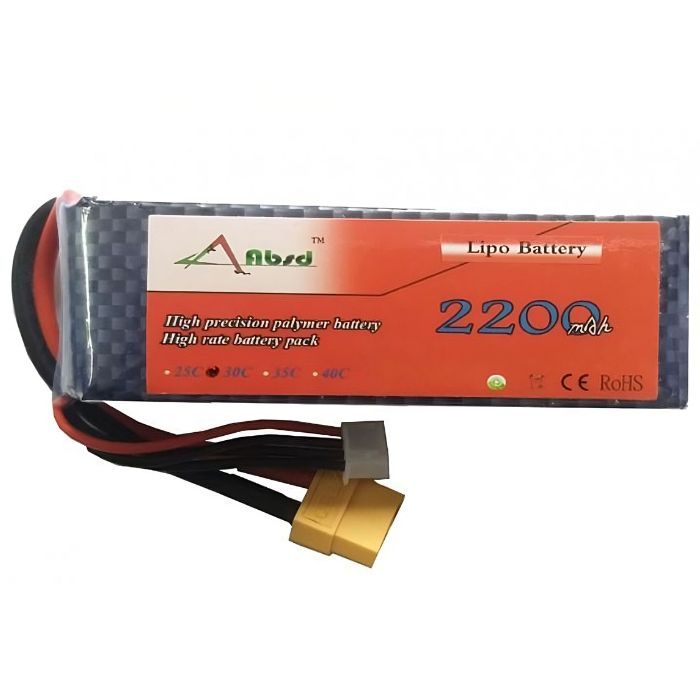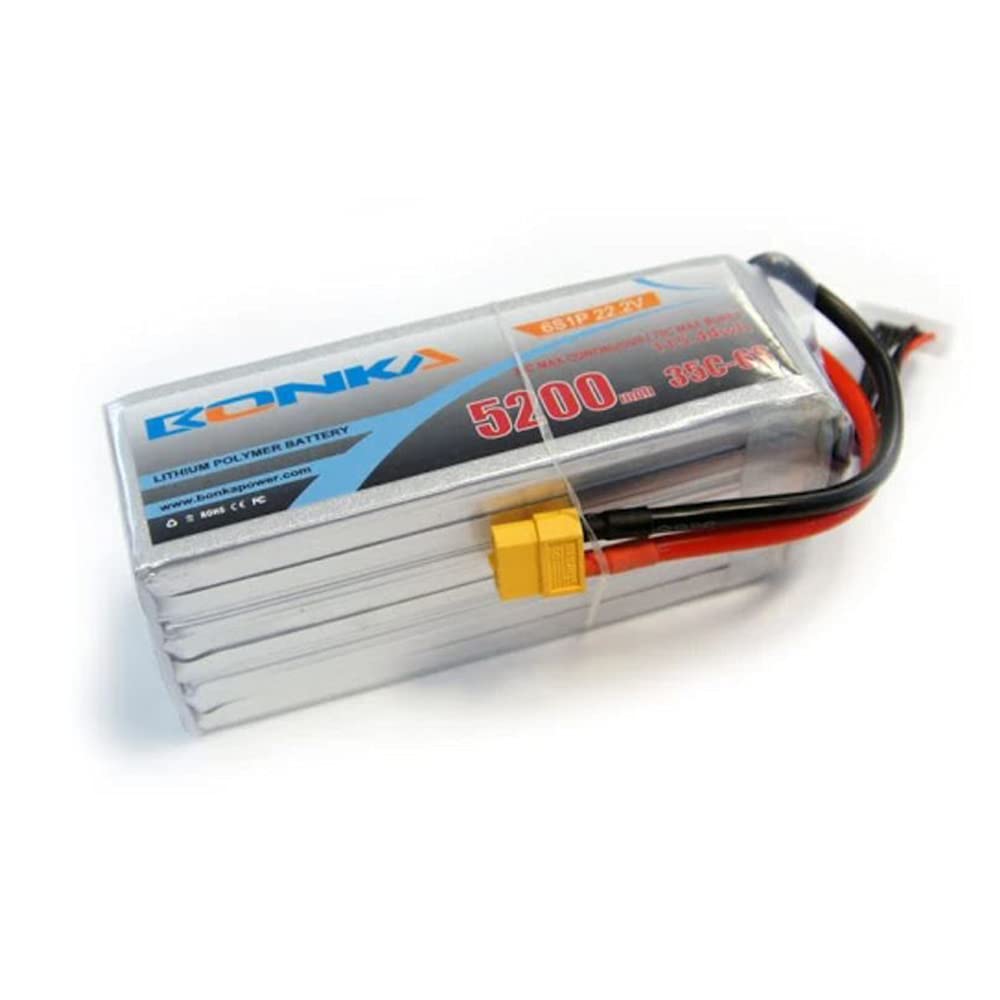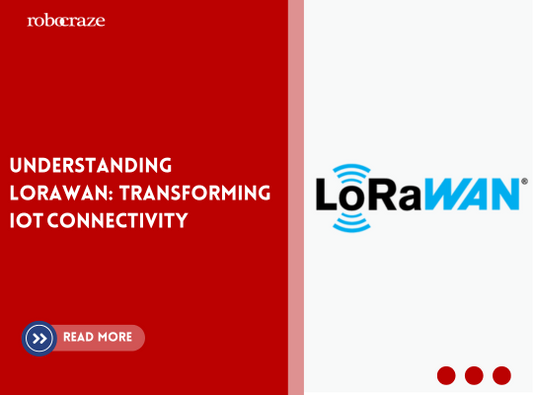What is a LiPo battery?
A lithium-polymer battery (LiPo) is a rechargeable battery that uses solid polymer for the electrolyte and lithium for one of the electrodes in the case of true LiPo. Commercially available LiPo batteries are hybrids, consisting of a gel polymer or a liquid electrolyte in a pouch format, which is more accurately referred to as a lithium-ion polymer battery.

Lithium Polymer (also known as "Lipo") batteries are a type of battery that is now found in a wide range of consumer electronics devices. Over the last few years, they've grown in popularity in the radio control industry, and they're now the most popular choice for anyone looking for long run times and high power. LiPo batteries have a lot of advantages, but each user must decide if the advantages outweigh the disadvantages.
Now let’s see every piece of information which is printed on the Lipo batteries.
Let’s take an example of a LiPo battery as shown in the below picture.

1. Voltage / Cell Count:
The nominal voltage of a LiPo cell is 3.7V. In the case of the 7.4V battery, this means there are two cells in series (which means the voltage gets added together). This is why you may hear people refer to a "2S" battery pack as having two cells connected in series. A two-cell (2S) pack has a voltage of 7.4V, a three-cell (3S) pack has a voltage of 11.1V, and so on.
You might have seen a battery pack labeled "2S2P" in the early days of LiPo batteries. This meant the battery had four cells, two of which were wired in series and two of which were wired in parallel with the first two batteries (parallel meaning the capacities get added together). This terminology is no longer widely used because modern technology allows us to store much more energy in individual cells than they could only a few years ago. Even so, knowing the older terms can come in handy if you come across something with a few years on it.
The voltage of a battery pack will ultimately determine how fast your vehicle will travel. The RPM of an electric motor is directly influenced by voltage (brushless motors are rated in kV, which stands for 'RPM per Volt'). For every volt you apply to a brushless motor with a rating of 3,500kV, the motor will spin at 3,500 RPM. That motor will spin at around 25,900 RPM on a 2S LiPo battery. It will spin at a whopping 38,850 RPM on a 3S. As a result, the higher the voltage, the faster you'll go.
2. Capacity:
A battery's capacity is a measurement of how much power it can store. Consider it the size of your gas tank. The milliamp-hour is the unit of measurement here (mAh). This indicates how much drain can be applied to the battery for it to be discharged in one hour. Because we usually talk about a motor system's drain in amps (A), here is the conversion:
1000mAh = 1 Amp Hour (1Ah)
We said that the capacity of the battery is like the fuel tank - which means the capacity determines how long you can run before you have to recharge. The longer the run time, the higher the number. Because planes and helicopters come in a variety of sizes, there is no standard capacity for them, but the average capacity for R/C cars and trucks is 5000mAh. The larger the capacity, the larger the battery's physical size and weight. Another factor to consider is the motor's heat build-up and speed control over such a long period of time. If a motor isn't given enough time to cool down, it can easily burn up, and most people don't stop during a run to check their motor temperatures. Keep this in mind when purchasing a large-capacity battery.
3. Discharge Rating ("C" Rating):
Voltage and Capacity had a direct impact on certain aspects of the vehicle, whether it's speed or run time. This makes them easy to understand. The Discharge Rating (We'll be referring to it as the C Rating from now on) is a bit harder to understand, and this has led to it being the most over-hyped and misunderstood aspect of LiPo batteries.
The result is the maximum sustained load that the battery can safely handle. Going higher than that will, at best, cause the battery to degrade at a faster rate than usual. In the worst-case scenario, it could catch fire. As a result, our example battery can withstand a continuous load of 250A.
Most batteries today have two C Ratings: a Continuous Rating (which we've been discussing), and a Burst Rating. The Burst rating works in the same way, but only in 10-second bursts rather than continuously. When accelerating a vehicle, for example, the Burst Rating comes into play, but not when driving at a constant speed on a straightaway. Almost always, the Burst Rating is higher than the Continuous Rating. The Continuous Rating, rather than the Burst Rating, is used to compare batteries.
What is a LiPo Balance Charger?
There is a possibility of individual cells in a multi-cell battery pack may develop different charge levels. Lithium-polymer batteries have the disadvantage of being extremely sensitive to overcharging. As a result, it is necessary to ensure that the individual cells are charged at roughly the same level.
Battery balancing refers to techniques for increasing the capacity of a battery pack with multiple cells while also extending the life of each cell. This is particularly important when exploring how to charge LiPo batteries safely, ensuring each cell is charged at a similar level. The balance charger uses a connector on the pack to monitor the voltages of individual cells in the pack. The charge rate is then adjusted accordingly. This process is referred to as balance charging.
It is prudent to mention that LiPo batteries can explode or even catch fire if you do not handle them correctly. Therefore, necessary precautions need to be taken for their charging.
Charging LiPo batteries using a balance charger:
Using Imax B3 pro charger:
Specification:
Input Voltage: 110-240 V AC
Output Current: 3× 700 mA
Display: 3× Bicolor LED Max
Charging Current: 3× 850 mA
Size: 100 mm * 60mm * 35mm
Weight: 180 g
Instruction to charge battery
1. Firstly, connect the B3 Pro charger to the AC power source, and the three power LEDs will turn from red to green, which means that the B3 charger is working fine.

2. (Set 3s battery pack for example) Secondly, connect the battery pack to the 3s balance port of the battery charger, then the three power LEDs will all turn red and begins to charge the battery. Please note, that when the cell charging in the battery is fully charged, then the corresponding LEDs will turn in green color.

3. When all the LEDs turn green color, that means the battery is completely charged.

Using Imax B6 pro charger or iMax B6 Digital LiPo Battery Charger
Specification:
DC11.0~18.0 Volt
Operating voltage range: AC in:100V~240V 50/60Hz
Circuit power: Max. charge power 50W and Max. discharge power 5W
Charge current range: 0.1~5.0A
Discharge current range: 0.1~1.0A
Current drain for balancing Li-po: 300mA/cell
NiCd/NiMH battery cell count: 1~15cell
li-ion/Polymer cell count: 1~6 series
Pb battery voltage: 2V~20V
Weight: 531g(Net Weight)
Dimensions: 134 X 142 X 36mm
Wondering how to charge LiPo batteries with precision? Follow these step-by-step instructions using the Imax B3 Pro charger.
Instructions to charge battery
1. Pick a suitable wall adapter for the charger, the output needs to be in the range of 11-18V and it should have a DC barrel connector at the other end which will be inserted into the B6 charger. (Note: The output current rating of the charger decides the charging rate of the battery, hence, if you want to charge the battery at a high charging rate, make sure your wall adapter is up for the task.
2. Once the charger is turned on, you should see that the charger is in LiPo charge mode. Do not charge the battery in this mode, this is not meant for LiPo batteries. Press the INC button once and the charger should change to LiPo balance charge mode.
3. Each battery comes with a JST-XH connector which is used to monitor the status of the battery using a battery monitor. On the side of the B6 charger, you can see ports that can accommodate this connector. B6 charger is capable of charging batteries rated from 2S to 6S. Plug the battery’s JST connector into the charger.
4. Using the connector which comes with the box, connect the positive and terminals of the battery to the charger. Always make sure to connect the negative terminal first. There may be minor sparks while connecting the positive terminal but don't worry about it.
5. Once connected, enter the START button once, you will see the charging rate blink, and set the charging rate appropriately(For example, if your adapter can supply 1A, don't exceed 0.5A charging rate). Once this is set, again press the START button, this will make the battery voltage blink. Increase or decrease this using the INC and DEC buttons and set them appropriately. Once done, long-press the START button and you can hear a chime and the battery will start charging(Note: If there are any errors with the connection, the error will be displayed).
6. To check individual cell charge, press the INC button once while the battery is charging.
7. Always monitor a battery when charging and it can be stopped at any point in time using the STOP button.
Check out the video tutorial
Conclusion
In this blog post, we have learned that the basics of a LiPo battery - its voltage/cell count, capacity, and discharge rating - is crucial for ensuring optimal performance and longevity. However, equally important is the use of a LiPo balance charger for safe and efficient charging. By properly charging your LiPo batteries with a balance charger and following the outlined procedures, you can ensure that you get the most out of your batteries while also prolonging their lifespan. Now you know how to charge LiPo batteries the right way! So, whether you're a hobbyist or a professional, remember that taking care of your LiPo batteries is key to powering up your devices and achieving your goals.
If you appreciate our work don't forget to share this post and leave your opinion in the comment box.
Please do check out other blog posts about Popular electronics
Check out other related blog post about batteries What is AH in Battery , Lithium-Ion vs Lithium Polymer Battery and How to Use IMAX B6 Multifunction Charger for LiPo Batteries
Make sure you check out our wide range of products and collections (we offer some exciting deals!)













